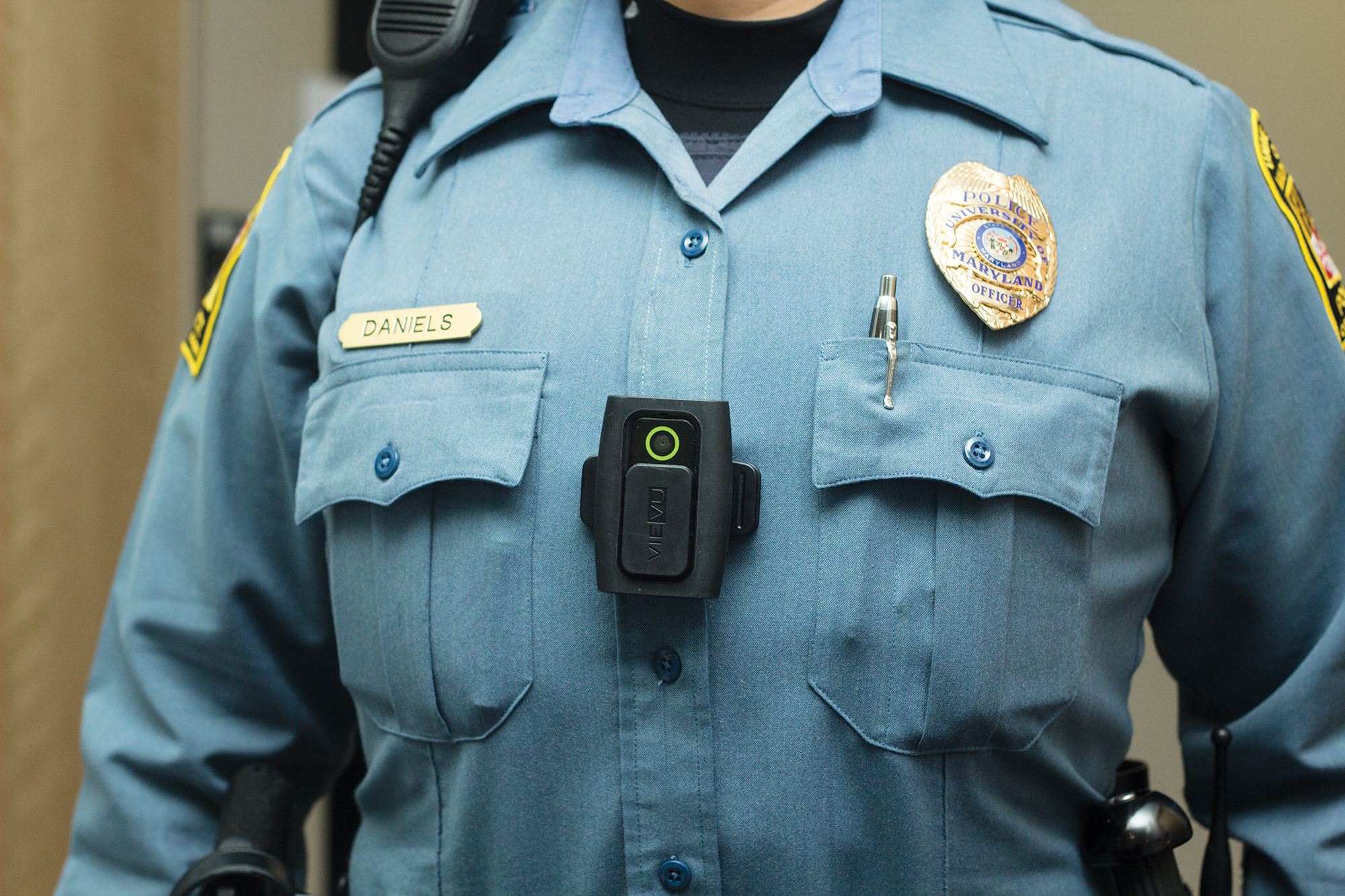After motor vehicle deaths increased in 2015, an initiative from Gov. Larry Hogan’s office allocated $12.5 million grant program to promote traffic safety, with money going to more than 80 groups throughout the state, such as the University of Maryland and the Prince George’s County police departments.
The initiative was announced Sept. 19, and the Maryland Highway Safety Office is organizing the efforts. University of Maryland Police received $25,200, Prince George’s County Police received more than $230,000 and the University of Maryland, Baltimore’s Crash Outcome Data Evaluation System, a research and data analysis group, received almost $600,000.
“Our entire focus in distributing the funds is driving down highway fatalities,” said Chuck Brown, the Motor Vehicle Authority director of affairs. “We had 521 fatalities in 2015 — an unacceptable number — and the entire focus of these grants is working with law enforcement and other safety advocates throughout the state to implement programs that will drive down those fatalities and save lives.”
The Maryland Highway Safety Office is part of the MVA, Brown wrote in an email. He stressed the need to address the increase in highway fatalities and said these funds are a way to prevent more fatalities in the future.
The University of Maryland, Baltimore’s crash outcome program has a team of epidemiologists, data-based engineers, programmers and other partners who do in-depth research on highway safety, said Timothy Kerns, the University of Maryland National Study Center for Trauma and EMS program manager.
The group attempts to serve as a data resource to the Maryland Highway Safety Office, state legislators or their partners, he added.
The funds will specifically be used to look at the vehicle crash records to determine what types of people are contributing to the higher number of motor vehicle fatalities, Kerns said. The university will likely look into pedestrian fatalities as well, because statistics show they haven’t decreased, Kerns said.
With the addition of Noah’s Law, which was implemented Oct. 1, Kerns said that would be another focus of the data analysis team.
“I know there is interest from the Motor Vehicle Administration to look at what effect [Noah’s Law] will have on any changing patterns in the use of ignition interlock in the state,” he said.
The research is one aspect of the initiative, but several police departments received funding with the hopes that they could reduce motor vehicle-related deaths. Brown said the grants are given on a reimbursable basis, so organizations have to initially use their own funds and the money will be reimbursed once they can send results to the state.
The grant money will be used for employing more officers to work overtime to enforce programming such as sobriety checkpoints and pedestrian enforcement for drivers and walkers.
“The goals are set up through the Maryland Highway Strategic Safety Plan,” Prince George’s County police officer Tyler Hunter said. “The efforts are not always necessarily tickets — sometimes it is information that we will give out — especially with pedestrian enforcement.”
Lt. Robert Jenshoej, a University Police officer, said the department’s funding would primarily be used to pay officers for overtime work that is directly related to the initiative.
“It allows me to put extra officers out on the street during periods where they are tasked to enforce a specific traffic safety violation that we want to see for that period,” he said.
For now, drivers, pedestrians and bicyclists should try to increase their awareness of how to be safe on the roads, and this website can help them take the first steps, Brown said.
“We want to ensure traffic safety within the campus and the neighboring jurisdiction,” Jenshoej said. “We don’t get into goals of saying we went this many citations or this many tickets, but everything that the state does … it’s all geared towards making the roads safer.”



